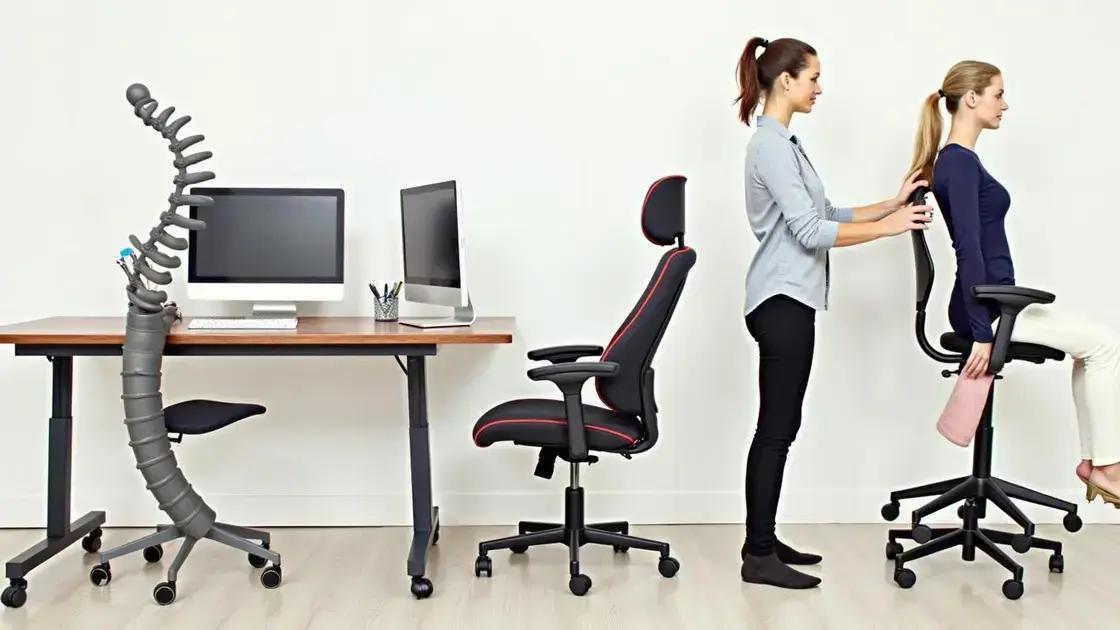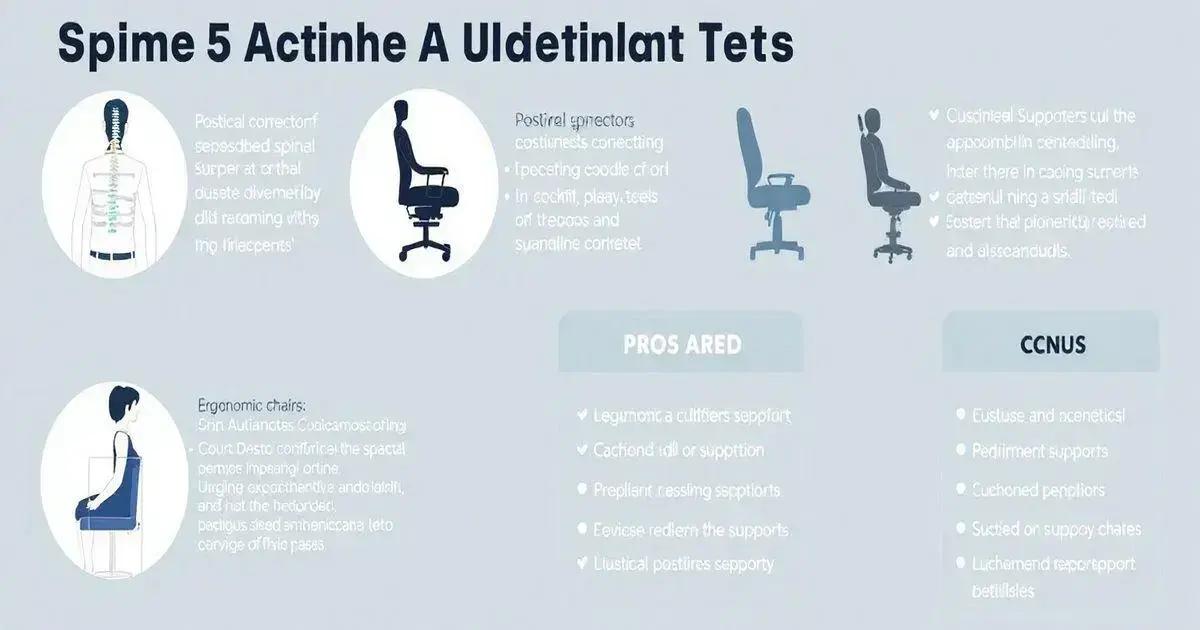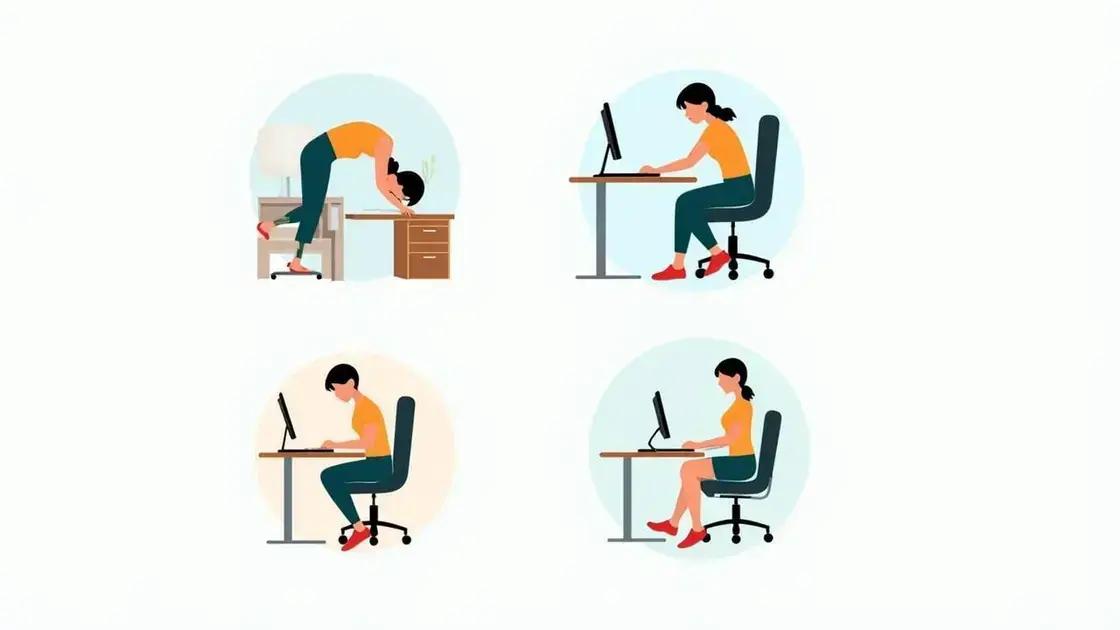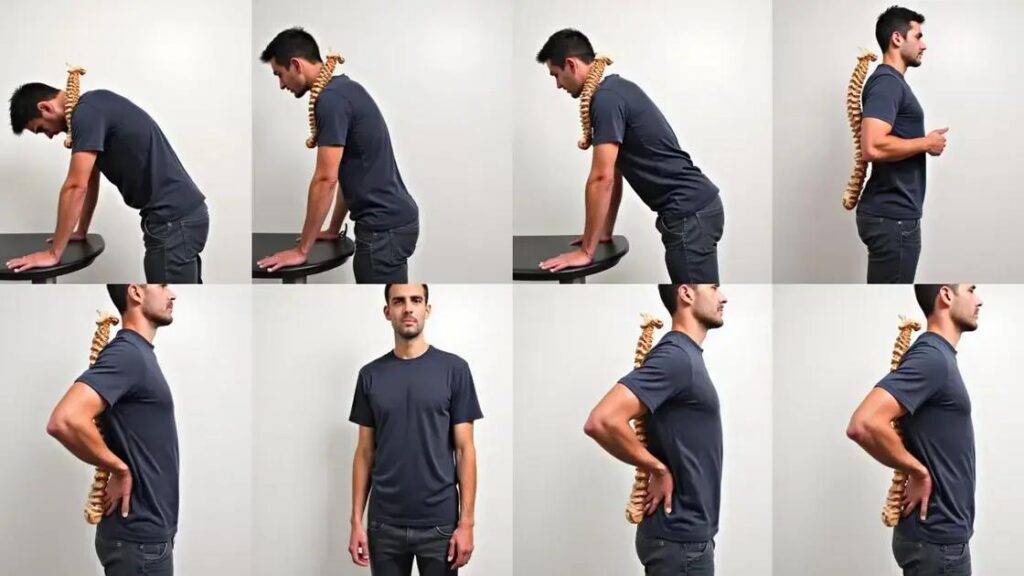Spinal alignment tools are trending for improving men’s posture, offering benefits such as reduced pain, enhanced breathing, and increased confidence. Tools like posture correctors, ergonomic chairs, and daily habits like stretching can significantly improve posture, leading to better overall health and productivity.
In today’s world, men are increasingly seeking ways to improve their posture, and spinal alignment tools are at the forefront of this trend. These innovative devices not only help in correcting posture but also promote overall well-being and comfort. This article delves into the significance of spinal alignment tools, their benefits, and practical tips for incorporating them into daily routines.
Understanding Spinal Alignment Tools

Spinal alignment tools are designed to help individuals maintain proper posture. These tools come in various forms, including adjustable chairs, orthopedic supports, and posture correctors. Each of these tools plays a unique role in promoting spinal health and comfort.
Types of Spinal Alignment Tools
Common tools include:
- Posture Braces: These wearable devices apply gentle pressure to the shoulders and back, reminding users to maintain proper posture.
- Cushioned Supports: Cushions designed for office chairs can help align the spine while sitting, providing comfort during long hours of work.
- Ergonomic Desks: These adjustable desks allow users to switch between sitting and standing, promoting better posture throughout the day.
How They Work
These tools work by supporting the spine as it moves throughout different daily activities. For instance, a suitable chair can support the natural curve of the spine, preventing slouching. Using these tools consistently can lead to significant improvements in posture.
Choosing the Right Tool
It’s important to select a tool that fits well with your lifestyle and needs. Consider aspects such as your daily activities, the environments you work in, and your specific posture issues. This ensures that the tool effectively aids in improving your posture.
Conclusion
Using spinal alignment tools can significantly enhance comfort and support throughout the day. As posture improves, overall health and well-being often follow suit.
Benefits of Proper Posture for Men

Proper posture offers numerous benefits for men, impacting both their physical and mental health. Maintaining the right alignment helps in reducing pain and discomfort throughout the body.
Improved Physical Health
One of the main advantages of good posture is reduced back and neck pain. When the spine is aligned correctly, it takes pressure off muscles and ligaments, leading to less strain.
Enhanced Breathing
Proper posture allows for better lung capacity. When sitting or standing up straight, the diaphragm and lungs can function efficiently, improving oxygen flow and overall energy levels.
Boosted Confidence
Standing tall with proper posture can also enhance self-confidence. People tend to perceive those with good posture as more assertive and trustworthy, which can benefit social interactions and professional settings.
Increased Focus and Productivity
Good alignment can enhance concentration. When one is comfortable and pain-free, it is easier to stay focused on tasks, increasing overall productivity.
Furthermore, proper posture can aid in digestion. Sitting upright while dining helps keep the digestive organs in the right position, reducing discomfort after meals.
How to Choose the Right Tool

Choosing the right spinal alignment tool is essential for improving posture effectively. Here are some key factors to consider when selecting a tool that suits your needs:
1. Assess Your Posture Needs
Start by evaluating your current posture and identifying specific issues. Do you experience neck pain, back strain, or discomfort when sitting for long periods? Understanding your body’s needs will help guide your choice.
2. Consider the Tool Type
There are various types of spinal alignment tools available, including:
- Posture Correctors: These wearable devices help remind you to sit and stand with proper posture.
- Cushioned Supports: Look for cushions designed for chairs that help correct alignment while seated.
- Ergonomic Accessories: Consider items like adjustable desks or monitor risers that promote better posture.
3. Check for Comfort and Fit
Choose a tool that feels comfortable and fits well with your body. A good fit can make a significant difference in adherence and effectiveness. Try out different options to find the one that suits you best.
4. Look for Quality and Durability
Invest in high-quality tools made from durable materials. A well-constructed alignment tool will not only last longer but also provide better support and effectiveness.
5. Read Reviews and Research
Before making a purchase, read reviews from other users. Look for feedback on how effective the tool has been in improving posture and comfort. This can help guide your decision-making process.
Tips for Improving Posture Daily

Improving posture is essential for overall health and well-being. Here are some practical tips to incorporate into your daily routine:
1. Establish a Daily Stretching Routine
Set aside time each day to stretch your body. Include exercises that focus on your back, neck, and shoulders. Simple stretches can relieve tight muscles and promote better alignment.
2. Practice Mindful Sitting
When sitting, pay attention to your posture. Keep your back straight, shoulders relaxed, and feet flat on the floor. Adjust your chair and desk height to maintain comfort and support.
3. Use Ergonomic Furniture
Invest in ergonomic chairs and desks, as these are designed to promote good posture. Ensure your workstation is set up correctly to minimize strain while working.
4. Take Regular Breaks
Stand up and move around every 30 to 60 minutes. This helps to relieve pressure on your spine and prevents stiffness. Use these breaks to stretch or walk around.
5. Strengthen Core Muscles
Engaging in exercises that strengthen your core can greatly support your spine. Activities such as planks, yoga, or pilates help build a strong foundation for good posture.
6. Stay Hydrated
Drinking plenty of water throughout the day can help keep your muscles hydrated and functioning properly. Dehydration can lead to muscle cramps and tension, negatively affecting your posture.
7. Be Mindful of Your Mobile Device Usage
When using your phone or tablet, hold it at eye level. Avoid bending your neck down to look at the screen, as this can lead to poor posture over time.
In Summary: Embrace Better Posture for a Healthier Life
Improving posture is a journey that brings significant benefits to men, from enhanced physical health to boosted confidence. By understanding spinal alignment tools and their importance, men can make informed choices that positively impact their daily lives.
Incorporating effective tools, along with daily habits such as stretching, mindful sitting, and using ergonomic furniture, can lead to lasting changes. Remember that small adjustments can create a great difference over time, fostering a healthier and more comfortable lifestyle.
As you explore the various spinal alignment tools and techniques available, take charge of your posture today for a more confident and energetic tomorrow.
FAQ – Frequently Asked Questions about Improving Men’s Posture
What are spinal alignment tools?
Spinal alignment tools are devices designed to help maintain proper posture and support the spine, such as posture correctors, ergonomic chairs, and cushioned supports.
How can proper posture benefit men?
Proper posture can lead to reduced pain, improved breathing, enhanced confidence, increased focus, and better digestion.
What are some daily tips for improving posture?
Regular stretching, maintaining mindful sitting, using ergonomic furniture, taking breaks, strengthening core muscles, staying hydrated, and mindful device usage are effective tips.
How do I choose the right spinal alignment tool?
Evaluate your posture needs, consider the type of tool, ensure comfort and fit, check for quality, and read user reviews before making a choice.
Can I improve my posture without tools?
Yes, many posture improvement techniques can be done without tools, such as proper stretching, core strengthening exercises, and mindful sitting habits.
How often should I practice good posture habits?
Practice good posture habits consistently throughout the day, and try to incorporate reminders to check and correct your posture regularly.













